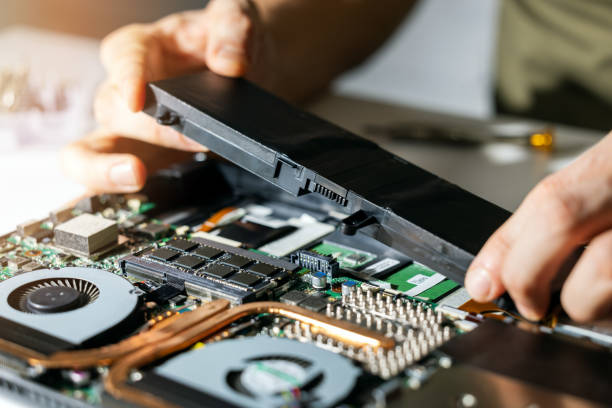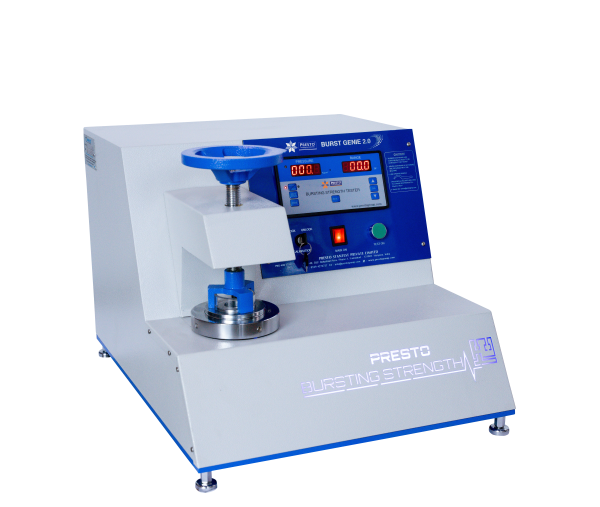In today’s rapidly evolving digital landscape, ensuring the security of physical spaces is just as crucial as safeguarding digital assets. Traditional lock-and-key mechanisms have become outdated, paving the way for sophisticated Access Control Systems to take center stage. Let’s delve deeper into what Access Control Systems entail and why they are indispensable in the realm of modern security.
What is an Access Control System?
An Access Control System is a comprehensive security solution designed to regulate and manage access to physical spaces, resources, or information within an organization. Unlike traditional locks and keys, these systems utilize electronic authentication methods to grant or deny access based on predetermined criteria. This could include biometric data such as fingerprints or facial recognition, access cards, PIN codes, or even mobile credentials.
Why Access Control Systems Matter?
- Enhanced Security: Access Control Systems provide a robust layer of security by restricting access to authorized personnel only. This minimizes the risk of unauthorized entry, theft, or damage to valuable assets.
- Improved Accountability: These systems offer detailed audit trails, logging information about who accessed a particular area and when. This enhances accountability and helps in investigating security incidents or breaches.
- Flexibility and Scalability: Access Control Systems are highly customizable, allowing organizations to tailor access permissions based on roles, departments, or specific requirements. Moreover, they can easily scale to accommodate the evolving needs of businesses, from small offices to large enterprises.
- Integration Capabilities: Access Control Systems can seamlessly integrate with other security solutions such as surveillance cameras, alarms, and intercoms, creating a cohesive security ecosystem. This integration enhances overall security management and response capabilities.
Access Control Systems in Practice
In various sectors such as corporate offices, government buildings, healthcare facilities, educational institutions, and residential complexes, Access Control Systems have become indispensable. These systems not only protect physical assets but also ensure the safety of occupants and sensitive information.
Key Components and Features
Access Control Systems comprise several key components including:
- Authentication Methods: Biometric recognition (fingerprint, facial, iris), access cards, PIN codes.
- Control Panels: Centralized units that manage access permissions and authentication processes.
- Readers: Devices used to capture and verify authentication credentials.
- Locking Mechanisms: Electronic locks or barriers that grant or deny access based on authentication.
- Software Interface: User-friendly interface for system administration, access control configuration, and monitoring.
Looking Ahead
As technology continues to advance, Access Control Systems are poised to evolve further. Future trends may include advancements in biometric authentication, increased integration with IoT devices and cloud-based platforms, and the adoption of artificial intelligence for predictive security analytics.
In conclusion, Access Control Systems represent the vanguard of modern security solutions, offering enhanced protection, accountability, and flexibility for organizations across diverse sectors. As the threat landscape evolves, investing in robust Access Control Systems is not just prudent but essential for safeguarding physical spaces and ensuring peace of mind in an increasingly interconnected world



